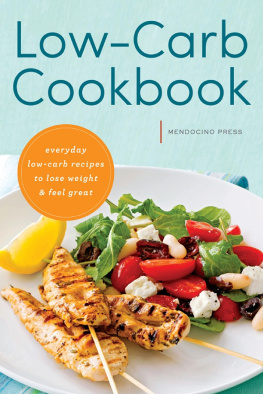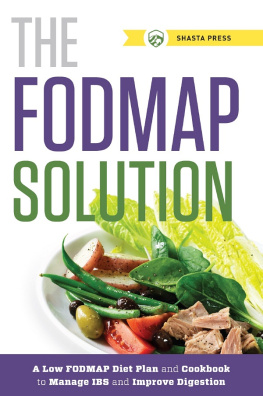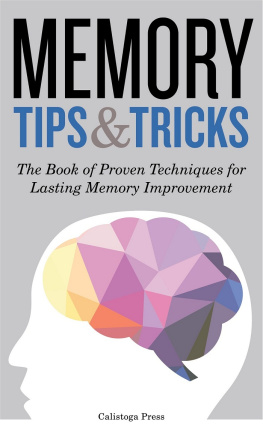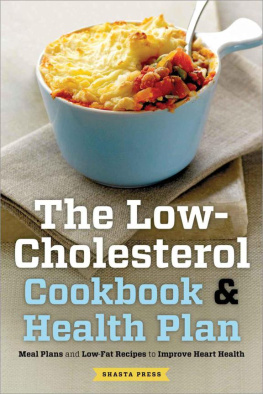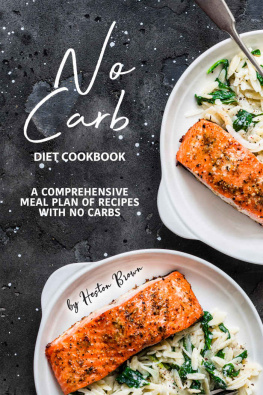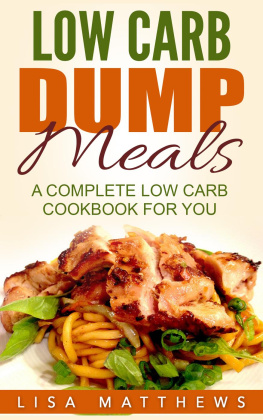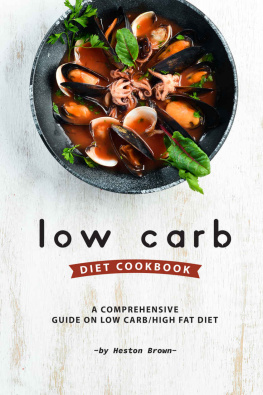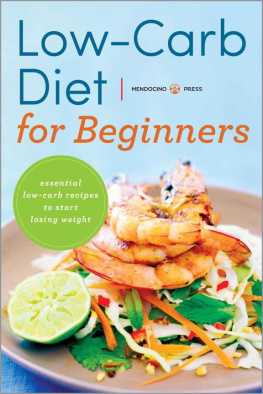Copyright 2013 by Mendocino Press, Berkeley, California
No part of this publication may be reproduced, stored in a retrieval system or transmitted in any form or by any means, electronic, mechanical, photocopying, recording, scanning or otherwise, except as permitted under Section 107 or 108 of the 1976 United States Copyright Act, without the prior written permission of the publisher. Requests to the publisher for permission should be addressed to the Permissions Department, Mendocino Press, 918 Parker St., Suite A-12, Berkeley, CA 94710.
Limit of Liability/Disclaimer of Warranty: The publisher and the author make no representations or warranties with respect to the accuracy or completeness of the contents of this work and specifically disclaim all warranties, including without limitation warranties of fitness for a particular purpose. No warranty may be created or extended by sales or promotional materials. The advice and strategies contained herein may not be suitable for every situation. This work is sold with the understanding that the publisher is not engaged in rendering medical, legal or other professional advice or services. If professional assistance is required, the services of a competent professional person should be sought. Neither the publisher nor the author shall be liable for damages arising herefrom. The fact that an individual, organization or website is referred to in this work as a citation and/or potential source of further information does not mean that the author or the publisher endorses the information the individual, organization or website may provide or recommendations they/it may make. Further, readers should be aware that Internet websites listed in this work may have changed or disappeared between when this work was written and when it is read.
For general information on our other products and services or to obtain technical support, please contact our Customer Care Department within the United States at (866) 744-2665, or outside the United States at (510) 253-0500.
Mendocino Press publishes its books in a variety of electronic and print formats. Some content that appears in print may not be available in electronic books, and vice versa.
TRADEMARKS: Mendocino Press and the Mendocino Press logo are trademarks or registered trademarks of Callisto Media Inc. and/or its affiliates, in the United States and other countries, and may not be used without written permission. All other trademarks are the property of their respective owners. Mendocino Press is not associated with any product or vendor mentioned in this book.
ISBN: Print 978-1-62315-263-5 | eBook 978-1-62315-313-7
Introduction
C hances are youve heard all about low-carb diets: Hollywood celebrities credit their amazing bodies to it, and talk shows and magazines tout it as the quick-fix solution to low energy and weight gain. Well, theres a reason it gets so much publicity: It works! A low-carb diet can help you lose weight, improve your cholesterol, and reduce your risk of heart disease, diabetes, high blood pressure, and cardiovascular disease. On top of that, low-carb diets may also help improve your energy, mood, and ability to concentrate. Who wouldnt want all those things?
Theres more good news: While other diets may leave you bored with limited choices, starving over tiny portion sizes, and cranky over cardboard-tasting dishes, a low-carb diet doesnt. You still get to eat delicious, flavor-packed foods and enjoy all your favorite dishesyou just need to make a few important adjustments. Thats where this book will help you. In the first half of the book, youll learn what a low-carb diet really means (hint: its more than just tossing your pasta and bread into the trash), why you should try it, what health benefits you can expect, and how to make the transition as seamlessly as possible. Along the way, this book will teach you the following:
- Easy tips on how to reduce your consumption of carbs
- How to spot which seemingly innocent foods and drinks actually hide a ton of carbs
- Simple cooking tips and ingredient substitutions to make any dish low-carb
- What to buy at the grocery store so you can stock up on healthful, low-carb foods
- How to stick to your low-carb diet when dining out
Youll also get a detailed, 14-day meal plan that takes the guesswork out of adopting a low-carb diet so you can get started right away.
Once you understand the basics, its time to get cooking! The second half of this book is packed with 125 tasty, easy, and quick low-carb recipes that wont leave you wondering where the flavor went. The best part? All your favorite comfort foods are included. Youll find recipes for these tasty meals and more:
- Breakfast, such as
- Snacks and appetizers, such as
- Soups and stews, such as
- Salads, such as
- Side dishes, such as
- Vegetarian entres, such as
- Fish and seafood, such as
- Poultry, pork, and beef, such as
- Desserts, such as
Getting hungry? What are you waiting for?! Read on to learn how you can adopt a low-carb diet and whip up some delicious dishes that will leave you feeling healthy and happy about the changes youve made.
CHAPTER ONE
Why Choose a Low-Carb Diet?
For anyone who wants to improve his or her health, there are seemingly limitless options out there: South Beach, Atkins, Mediterranean, raw food, and gluten-free diets all vie for your attention. You can cut out all meat, live solely on meat, go fat-free, boost your fat intakeits enough to make you hit the drive-through. But before you do, take some time to learn about eating low-carb. Unlike fad diets, a low-carb diet is a natural way of eating that improves much more than the number you see on the scale (although, yes, it will do that, too).
What Are Carbohydrates?
To understand what a low-carb diet is, you first have to know what a carbohydrate is. This little bit of Nutrition 101 will help the diet make sense to you.
Basically, all the food you eat is made up of three macronutrients: fats, proteins, and carbohydrates. Fats and proteins are pretty easily identified: foods like butter and oil are fats; meat, fish, legumes, and eggs contain protein. While it is important to watch our intake of fats, our bodies require a certain amount to function properly; fats store energy and help proteins do their jobs. Protein gives you energy, carries nutrients, helps the immune function, helps grow and repair cells, and keeps the brain running smoothly. Carbohydrates, however, can be tougher to spot because they occur in many different types of foodsfruits, vegetables, grains (breads and cereals), dairy products, and sugar. Your body uses carbohydrates to create glucose (a.k.a. blood sugar), which in turn gives you energy and fuels your brain and nervous system. Sounds pretty good, right?
Its a little more complicated than that. Within the broad category of carbohydrates, there are two main types: simple and complex. Simple carbohydrates are generally classified as refined sugars that dont deliver many nutrients but can be high in calories. They are also broken down quickly by your body, resulting in a rush of energy followed by a crash (sound familiar?). Foods containing simple carbohydrates include the following:
- Candy
- Cereal
- Fruit
- Sugar
- Jam and jelly
- Juice
- Milk and milk products
- Soda
- White flour
Milk products and fruit do contain some nutrients. But white flour, sugar, soda, and candy provide mostly empty calories.

